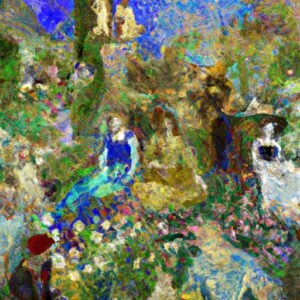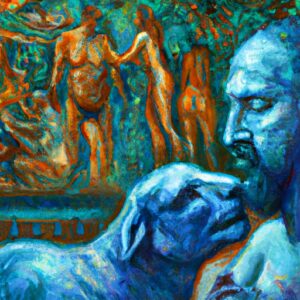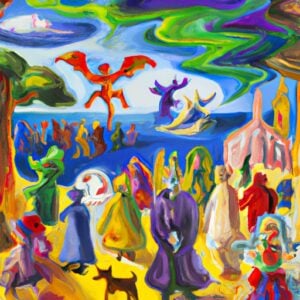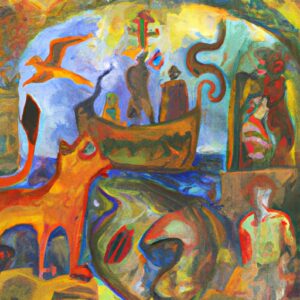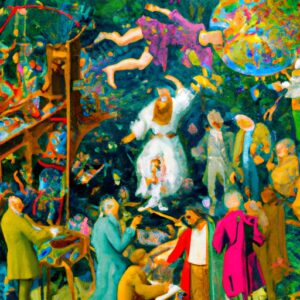Italian history
- 06/11/2023
Uncover the captivating works of the best Italian poets in history. Immerse yourself in their masterpieces and let their words transport you to another world. As a lover of...
- 06/03/2023
Take a journey through Italy’s prestigious educational institutions with our guide. Explore the famous schools that have produced many of Italy’s leaders. Famous Schools in Italy Italy is renowned for...
- 05/10/2023
Are you fascinated by myths and legends? Do you enjoy learning about different cultures and their traditions? If so, you’ll love exploring Italian mythology. Italy is home to a rich...
- 02/05/2022
Is Italy a Country? Some may think that Italy isn’t an independent country but part of the EU. However, that’s not like this. In recent years, the European Union (EU)...
- 12/31/2021
Christopher Columbus: the man who crossed the Atlantic Ocean to reach Asia and discovered the “New World”. While there’s plenty of information about his adventurous expeditions to sail the Atlantic,...
- 05/05/2021
Practice listening and reading with 3 videos: the Italian experiment of Galileo Galilei. Short stories for intermediate speakers to learn language and science.

